Not too many people visit Gough’s Range State Forest, roughly midway between Welshman’s Reef and Maldon. This small [161 ha] forest will be getting a few extra visitors in the 2016-17 management burning season, however. It’s down for a DEPI ‘Landscape Management Burn’. The intention of managers is
‘To provide an irregular mosaic of areas of fuel reduction which will complement works in adjacent fire management zones and can assist in ecological resilience and forest regeneration.’
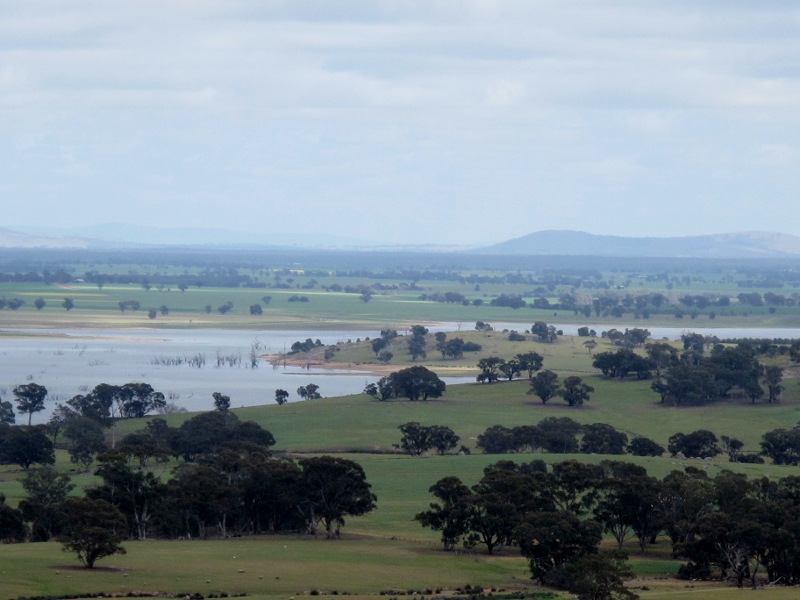
Cairn Curran Reservoir, from the western edge of the Gough’s Range forest. Modestly interesting views are to be had from many parts of this bush.
We’ve been informed that the Department intends a burn coverage of 30-50% of the declared area; further, in its response to the Muckleford Forest submission to the Fire Operations Plan, DEPI has said that ‘every planned burn’ gets an environmental assessment beforehand—so we’ll be keen to see how the managers go about assessing the values of this modest forest, and protecting those values.
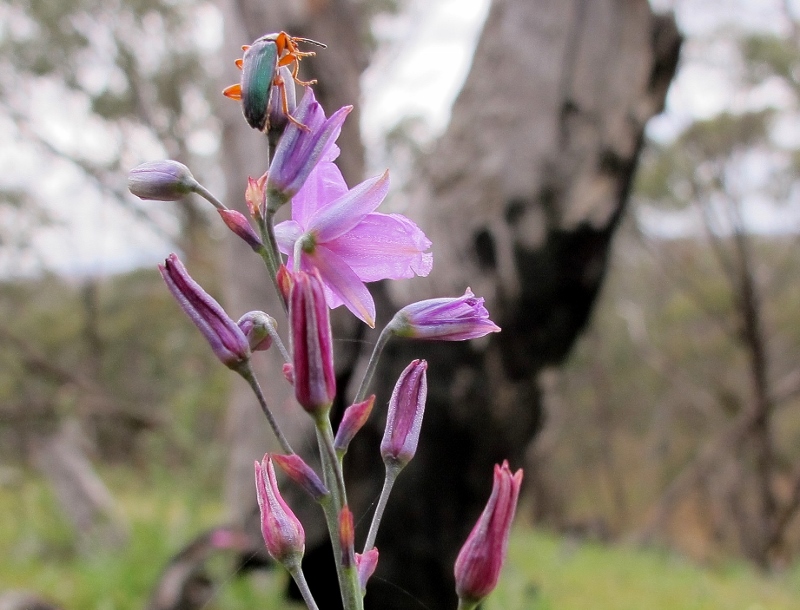
It’s not Everest, but this chocolate lily is still a trial for the small beetle: Gough’s Range, October 2014
FOBIF will be running one of its monthly walks in the Goughs Range forest in winter next year.

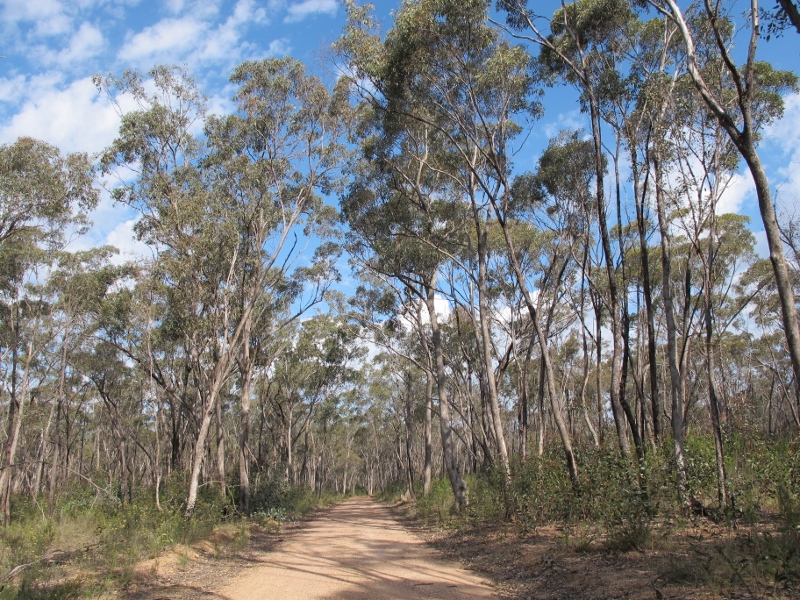
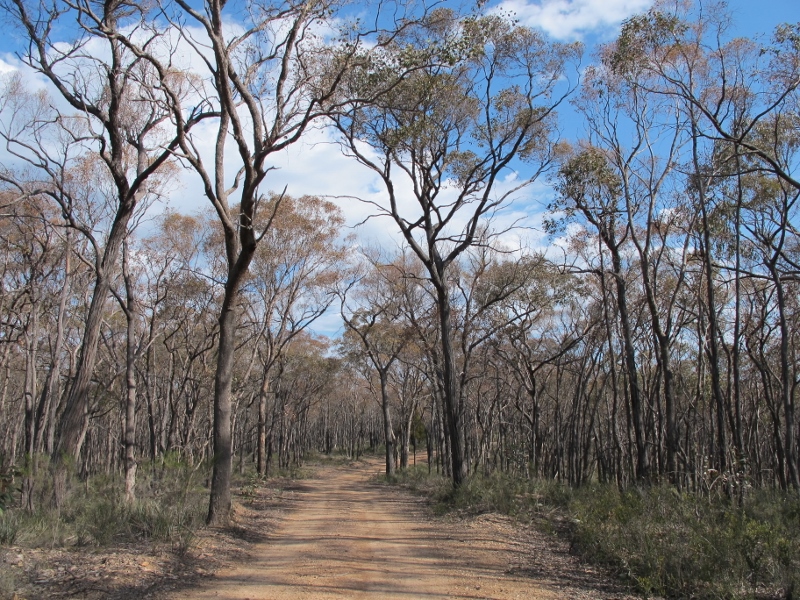
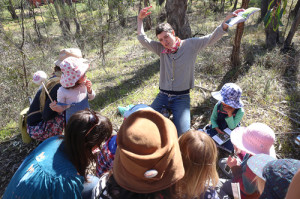
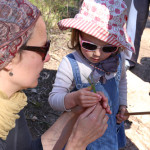



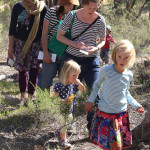
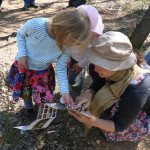
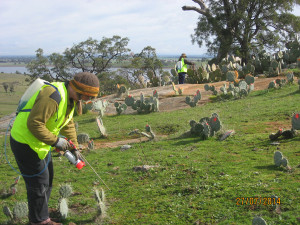
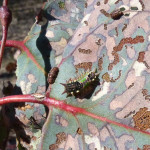
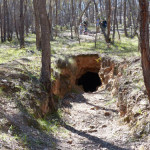
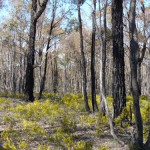
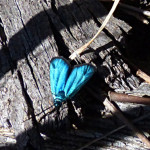
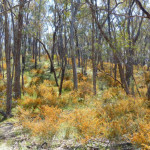
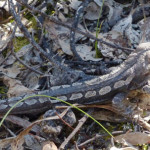
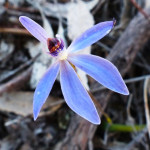
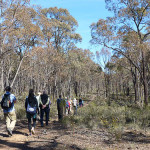
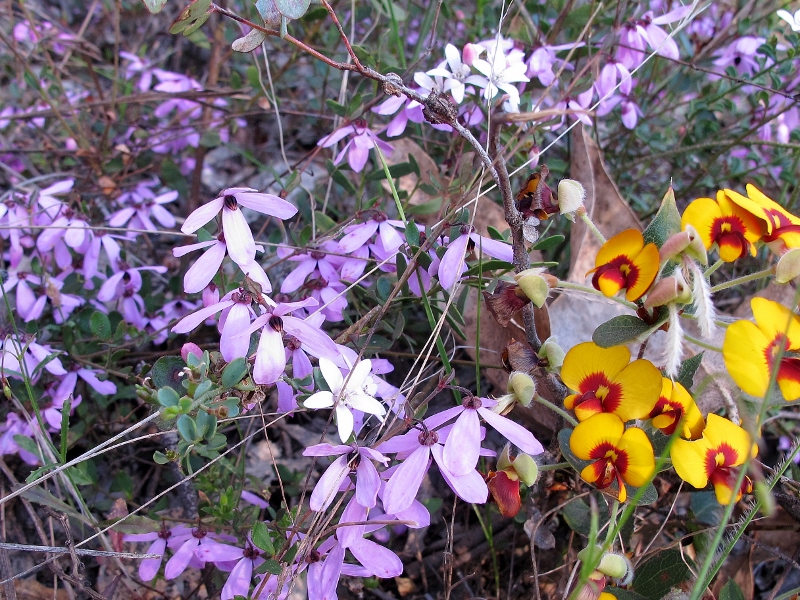



 Click on image for info/order page
Click on image for info/order page Click on image for info/order page
Click on image for info/order page Click on image for info/order page
Click on image for info/order page




















